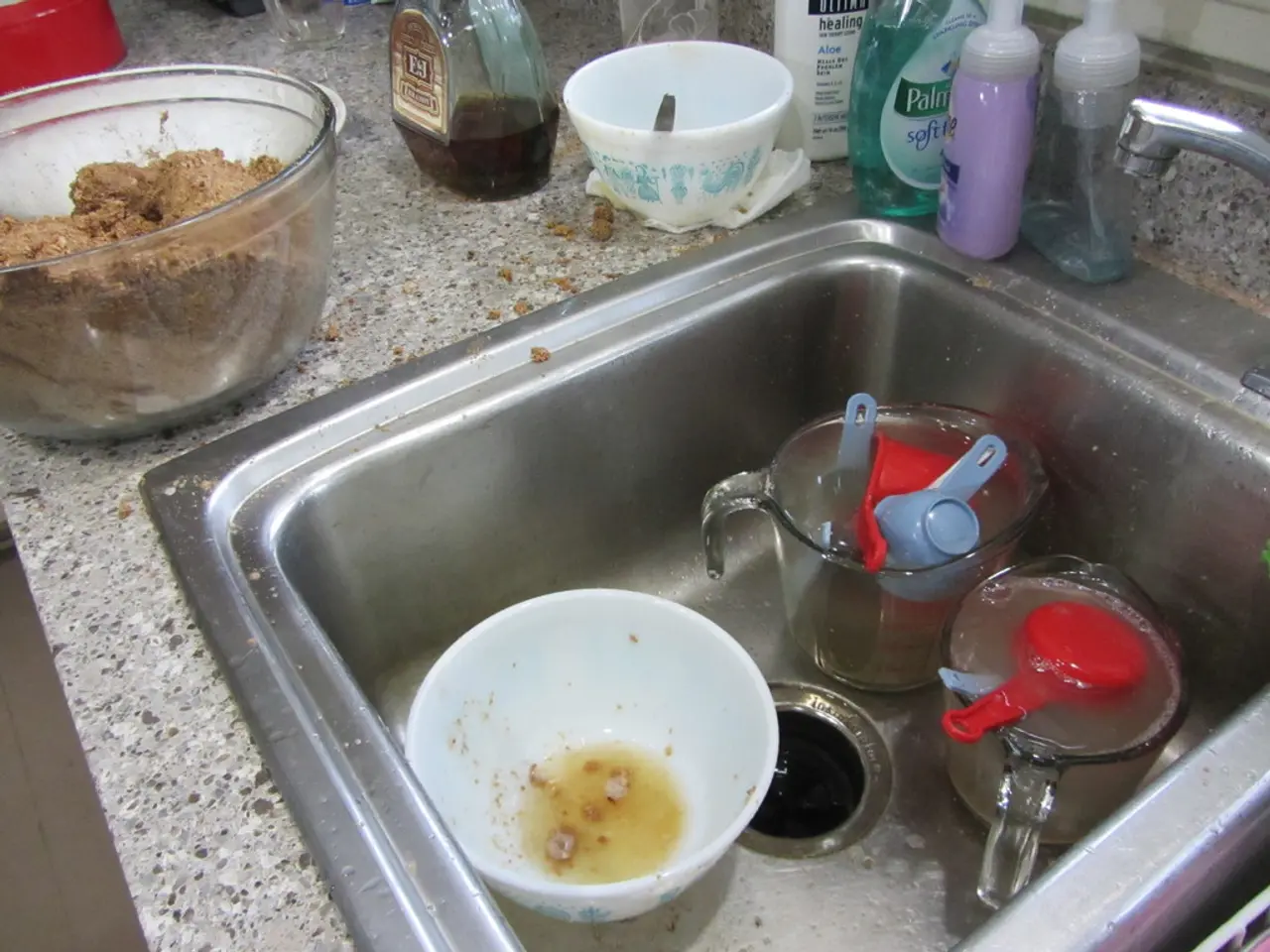Guidelines for Safe Tampon Use to Avoid Menstrual Toxic Shock Syndrome
In the realm of menstrual health, it's essential to be well-informed about potential risks and safety measures. One such concern is the Menstrual Toxic Shock Syndrome (TSS), a rare but serious bacterial infection.
Menstrual TSS is primarily caused by the growth of Staphylococcus aureus in an environment conducive during menstruation, due to hormonal changes affecting lactobacilli and their role in maintaining an acidic pH[1].
To minimize the risk of TSS, here are some guidelines for safe tampon use:
- Change tampons every 4 to 8 hours. Do not leave a tampon in for longer than eight hours, as this increases the risk of TSS[2][3].
- Use the lowest absorbency tampon necessary for your menstrual flow. Avoid high absorbency tampons, especially for prolonged use, as they have been linked to an increased risk of TSS[1][2][3][4].
- Only use tampons during your period. Do not use tampons outside of menstruation or reuse tampons after removal[3].
- Wash your hands before and after inserting or removing a tampon to minimize bacterial contamination[1][3].
- If you sleep with a tampon in place, ensure you change it within eight hours[4].
- Be aware of the symptoms of TSS (high fever, sunburn-like rash, low blood pressure) and seek medical attention if you suspect infection[4].
- Consider using pads overnight as a safer alternative to tampons for extended periods[3].
It's important to note that modern tampon formulations have removed earlier harmful synthetic compounds previously associated with higher TSS rates[5].
Young individuals assigned female at birth (AFAB) often lack awareness of these risks and may not follow instructions, making public health policies and educational programs designed for adolescents crucial in preventing menstrual TSS[6].
TSS symptoms include fever, sunburn-like rash, low blood pressure, disorientation, nausea, vomiting, muscle pain, headache, sore throat, and progression into sepsis and multi-organ failure[1]. Using more than one tampon at a time also increases the risk of TSS[2].
In summary, regular tampon changes (every 4–8 hours), using the lowest absorbency needed, proper hygiene, and not exceeding eight hours of usage are key to safe tampon use and minimizing the risk of menstrual toxic shock syndrome[2][3][4]. Always remember, knowledge and careful usage are the best defences against potential risks.
References:
[1] Mayo Clinic. (2021). Toxic shock syndrome. https://www.mayoclinic.org/diseases-conditions/toxic-shock-syndrome/symptoms-causes/syc-20376176
[2] FDA. (2021). Toxic shock syndrome and menstrual products. https://www.fda.gov/consumers/consumer-updates/toxic-shock-syndrome-and-menstrual-products
[3] NHS. (2021). Toxic shock syndrome. https://www.nhs.uk/conditions/toxic-shock-syndrome/
[4] American College of Obstetricians and Gynecologists. (2019). Toxic shock syndrome. https://www.acog.org/womens-health/faqs/toxic-shock-syndrome
[5] FDA. (2018). FDA's actions to reduce the risk of TSS associated with tampons. https://www.fda.gov/medical-devices/pediatric-devices/fda-actions-reduce-risk-tss-associated-tampons
[6] Adolescent Health. (2021). Menstrual toxic shock syndrome. https://www.adolescenthealth.gov/a-z-topics/menstrual-toxic-shock-syndrome/
- To promote overall health and wellness, it's essential to educate young individuals about the potential risks of Menstrual Toxic Shock Syndrome (TSS), especially women's health, and the importance of following safety measures when using tampons.
- In addition to menstrual health, understanding the science behind cancer and medication is crucial for maintaining good health and preventing life-threatening conditions such as TSS.
- To enhance health-and-wellness resources, comprehensive libraries should include information on menstrual health and safety, women's health issues, and the scientific factors associated with TSS.




